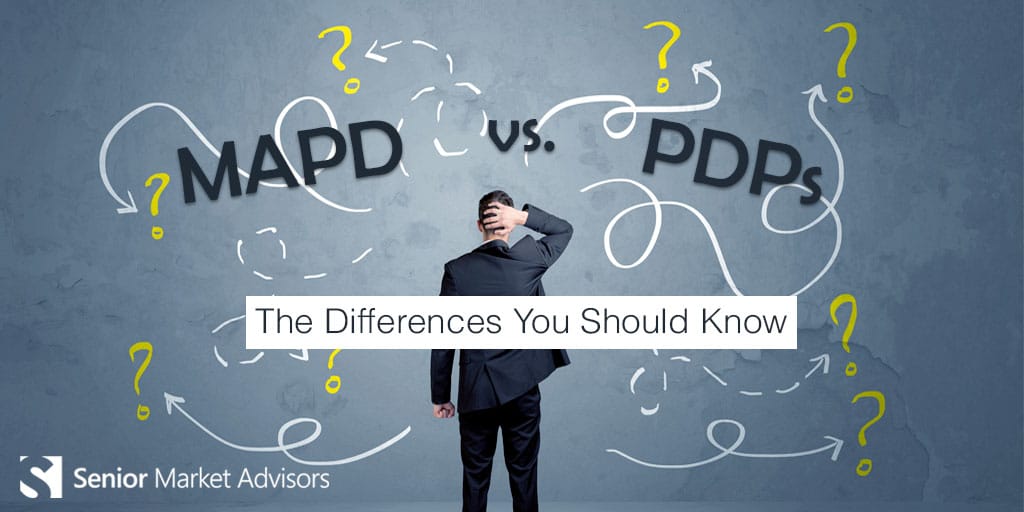What do you know about the donut hole in 2017?
Medicare Part D (prescription drug coverage) costs have been rising every year, partially because of the donut hole. The donut hole is one health care provision that President Trump hasn’t mentioned much throughout his discussions of repealing Obamacare. Trump wants to lower drug costs altogether, which could indirectly close the coverage gap. This is the latest update we’ve found.
What Is The Donut Hole in 2017?
The donut hole is a limit on what your prescription drug plan will cover. It affects all Medicare clients who don’t have Extra Help. The 2017 limit is $3,700.
Essentially, a client will pay for 100% of their drug costs until they hit their deductible (up to $400 in 2017). After hitting their deductible, they will pay a small percentage – but once they hit $3,700, their percentage goes back up. When the client reaches the gap, Medicare will pay for 60% of the cost for brand-name drugs and 49% of the cost for generic drugs. The remaining costs are considered out-of-pocket costs.
The coverage gap includes deductibles, copayments, and coinsurance, but not premiums. It also does not include any pharmacy dispensing fees or the cost for drugs that are not included in the client’s plan.
Is Anything Going To Change?
Thanks to Obamacare, some Medicare plans provide discounts for those out-of-pocket costs. The goal was to get to a point where seniors and Medicare eligibles would only have to pay 25% of their drug costs by the year 2020.
President Trump has discussed his desire to lower the cost of prescription drugs, which could alleviate the problem here. He hasn’t specifically mentioned the donut hole; we can only assume that the ACA plan will stay in place and the donut hole will be much less of an issue in three years. At the same time, we know that Trump wants prescription drug production to occur in the United States in an effort to lower costs. We have plenty of American drug companies, they’ve just moved production overseas for tax reasons. Moving production to the United States will eliminate importation costs (and will create American jobs).
When Medicaid was introduced in 1990, private sector prices for drugs skyrocketed. As a response, the 340B plan of 1992 was brought in to require drug manufacturers to provide discounts (20-50%) to hospitals and doctors who treat low-income patients. Unfortunately, all 340B did was provide an extra incentive for manufacturers to raise prices, rendering the discount ineffective.
Trump is definitely treating this as more of an act of business than an act of legality. Along with bringing our production back home, Trump wants to charge more for drug exports. Foreign countries do not have the same regulations on their drug markets that the United States does. They would be able to basically boycott U.S. drugs. In the U.S., we can’t stop producing drugs for financial reasons, and we can’t negotiate. Most other nations can do whatever they want.



